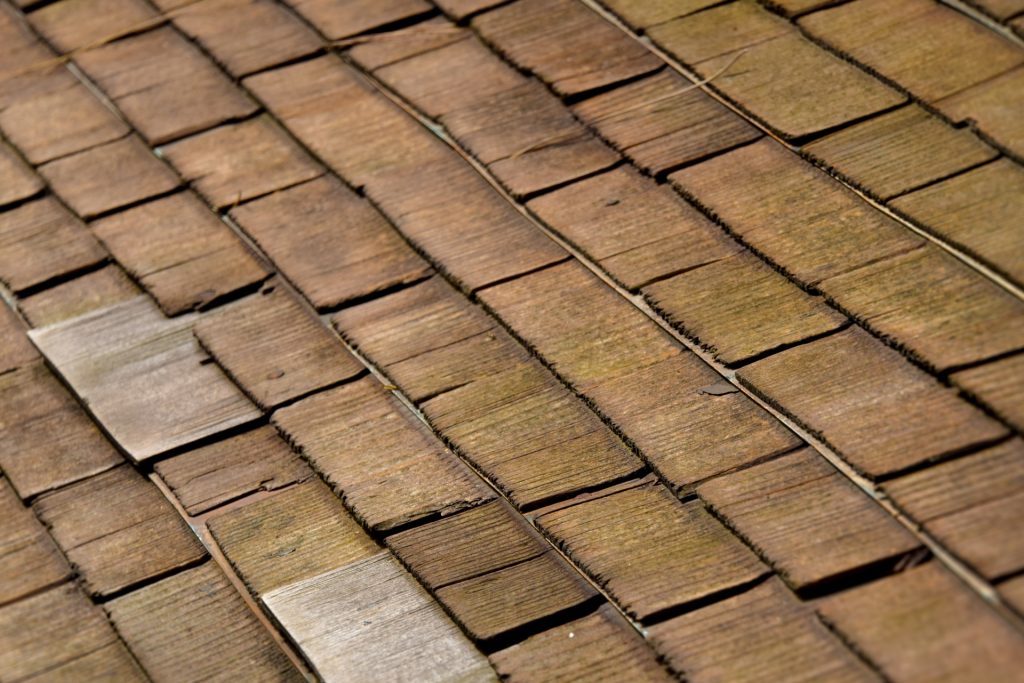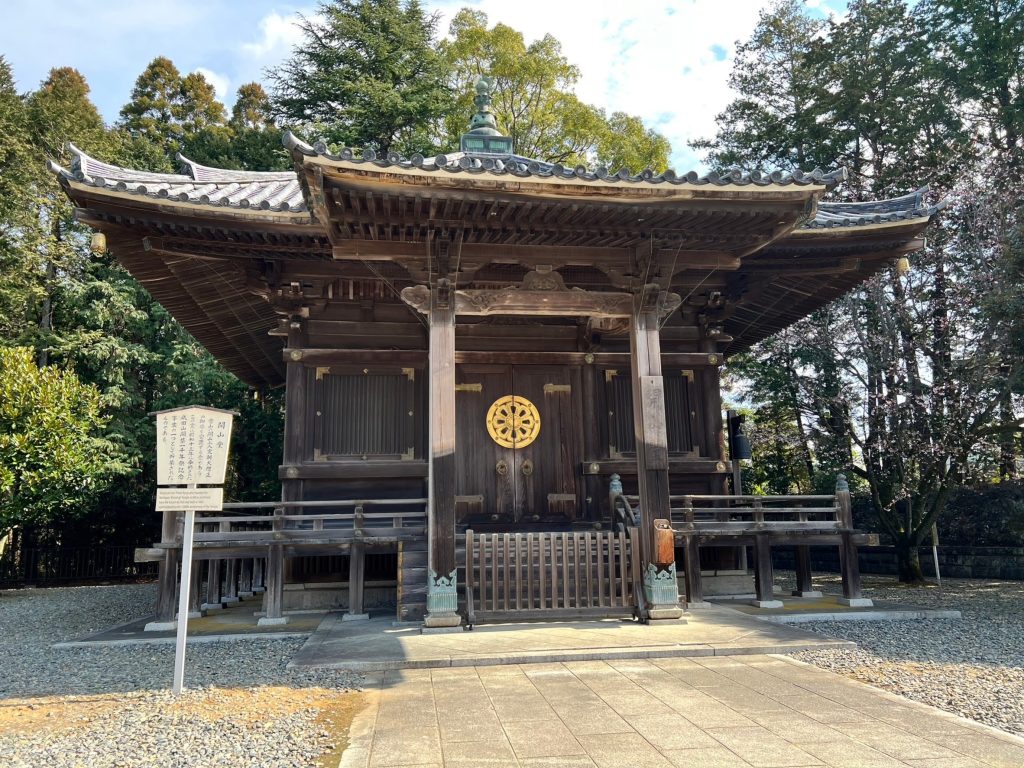
- Founding and historical background of Naritasan Kaizando
- About the architectural style and structure of Kaisando
- Important Buddhist statues and paintings housed in Kaisando
- Training and Faith at Naritasan Kaizando
- Souvenirs and nearby recommended restaurants when visiting Naritasan Kaizando
- Access method, transportation, parking lot to Naritasan Kaizando
Founding and historical background of Naritasan Kaizando
Naritasan Kaizando is the central main hall of Naritasan Shinshoji Temple in Narita City, Chiba Prefecture, Japan, and is one of the most important buildings on Naritasan.
En no Gyoja, also known as Gyoki, a direct disciple of Prince Shotoku, did much to spread Buddhism in Japan. Naritasan is said to be the place where En no Gyoja passed away, and it prospered as his mausoleum.
In 794, Naritasan Kaisando was authorized by Heiankyo (now Kyoto) as an imperial temple (a temple where the emperor and members of the imperial family pray for peace).
In particular, Ieyasu Tokugawa rebuilt Naritasan in the early Edo period, which expanded the scale of the special temple and rebuilt the Kaisando as a splendid building.
Naritasan Kaizando has been damaged by fire several times over the course of hundreds of years, but each time it has been restored to its present form. The current building was built after the restoration in the early Edo period, but it is visited by many people and tourists as a historical sacred site derived from the main character.
Naritasan Kaisando is an important temple that has a history of being founded by a role practitioner and has been protected by successive Tokugawa Shogunate families, and is a particularly important existence in Japanese Buddhist culture.

About the architectural style and structure of Kaisando
The architectural style and structure of Naritasan Kaizando have the characteristics of traditional Japanese temple architecture.
- Wooden Architecture: Kaizando is a traditional Japanese wooden architecture that uses wood as the main building material. The structure is characterized by a combination of wooden pillars and beams, and unique ideas have been devised to improve earthquake resistance.
- Cypress bark roof: The roof of Kaisando is presumed to be made of cypress bark. Cypress bark is light and durable, so it is often used as a roofing material in traditional Japanese architecture. It also has the ability to wick away moisture, so you can feel comfortable indoors.
- Building dimensions: Kaisando is built around a large courtyard. Similar to general temple architecture, the building is laid out based on accurate dimensions and floor plans, and has a well-balanced and beautiful appearance.
- Fusuma Paintings and Sculptures: There are many fusuma paintings and sculptures inside Kaizando. These are representations of Buddhist teachings and historical episodes, and are also known as places where you can enjoy Japanese art and art.
- Rafters and carvings: The roof beams are decorated with beautifully decorated carvings using a technique called rafters. These decorations express the formality of the temple and symbolize its importance as a Buddhist temple.
- Important Cultural Property: Naritasan Kaisando is a valuable building designated as an Important Cultural Property of Japan. In order to protect its historical and cultural value, restoration and preservation activities are continuously carried out.
Traditional Japanese temple architecture has a distinctive style that is in harmony with nature and restrains beauty and functionality. Naritasan Kaizando is one of them, and it is loved by many people as a valuable place to experience Japanese history and culture.

Important Buddhist statues and paintings housed in Kaisando
Naritasan Kaizando contains several important Buddhist statues and paintings. Here are some representative examples:
- Shaka Nyorai Seated Statue: A seated statue of Shaka Nyorai is enshrined at Naritasan Kaisando. This Buddha statue is designated as Naritasan Kaisando, which is said to be decided by the person who plays the role, and has been worshiped since ancient times.
- Wooden statue of Senju Kannon (Mokuzo Senju Kannon): A wooden statue of Senju Kannon is installed in Kaisando. Thousand-armed Kannon has many arms and symbolizes the figure of Kannon Bodhisattva, who works wonders to save people.
- Statues of the Four Heavenly Kings: Statues of the Four Heavenly Kings are placed on the four sides of the Kaisando Hall. The four heavenly kings are the guardian deities of Buddhism, and each protects the north, south, east, and west directions.
- Fusuma paintings in the Kaizando: Many paintings on the fusuma can be seen inside the Kaizando. These fusuma paintings depict Buddhist teachings, Buddha statues, and natural scenery, and are of high artistic value.
- Carvings of Kaisando: The structure and decorations of the building are elaborately carved. Dragons, phoenixes, and other carvings can be seen on the rafters and pillars, highlighting the prestige and beauty of the temple.
These Buddhist statues and paintings are objects of faith at Naritasan Kaizando, and are one of the reasons why many worshipers and tourists visit. In addition, these works of art should be taken into account when learning about Japanese art and culture.

Training and Faith at Naritasan Kaizando
Naritasan Kaisando has long been an important place for peace of mind in Japanese Buddhism, and has been visited by many people as an object of training and faith.
- Naritasan as a place of training: Naritasan Kaisando has long been a place where monks have visited for training.
- Worship and Worship: Naritasan Kaisando is a temple that is visited by many worshipers and tourists. It is common for worshipers to pray with their hands together and cherish their wishes and feelings of gratitude. In particular, attention is paid to the Buddha statue enshrined in Kaisando.
- Protection of the Imperial Court and Samurai: Naritasan is a temple that has been protected by the Imperial Court and samurai since the Heian period. In particular, the protection of Ieyasu Tokugawa gave great consideration to the development of Naritasan.
- Narita Sanzan Faith: Naritasan is known as the “Narita Sanzan,” and the main hall of Naritasan Shinshoji Temple, the Kaisando Hall, is the centerpiece of the Naritasan Temple. in) is included.
- You can get a goshuin at Naritasan Kaizando. The Goshuin-meguri (goshuin-meguri), in which visitors wait for the seals while visiting Kaizando and nearby temples, is an event that is held as a belief of faith.
Naritasan Kaisando has prospered since ancient times as a place of training and faith. Naritasan Kaizando is valued as a place where many worshipers and believers can come in contact with the history and culture of Japanese Buddhism.
Souvenirs and nearby recommended restaurants when visiting Naritasan Kaizando
When you visit Naritasan Kaizando, you can buy souvenirs and recommended restaurants in the surrounding area.
souvenir:
- Goshuin at Naritasan Kaizando: Goshuin at Naritasan Kaizando is a perfect souvenir to commemorate your visit.
- Naritasan Omamori: Various kinds of amulets are sold at Naritasan. Amulets that ward off evil and wish for good luck make great souvenirs for yourself, your family, and friends.
- Local specialties: The area around Narita City is rich in local specialties. Narita’s famous chicken dishes, rice grown in Narita, and local sweets are all good souvenirs.
Recommended nearby restaurants:
- Soba restaurants around Naritasan: There are many delicious soba restaurants around Narita city. Please enjoy the fresh local soba.
- Shojin Ryori: There are also restaurants and cafes serving temple shojin ryori around Naritasan. Also recommended for vegans and vegetarians.
- Local chicken dishes: Narita City is famous for Tottori, and there are restaurants where you can taste local chicken dishes.
- Japanese Restaurant: There are restaurants serving traditional Japanese cuisine around Naritasan. Cooking with fresh seafood and local ingredients will help.
When visiting Naritasan Kaisando, please enjoy the local taste and culture at the souvenirs and restaurants in the area. Souvenirs can be a great souvenir, and delicious meals are one of the pleasures of traveling.
Access method, transportation, parking lot to Naritasan Kaizando
Here is information on how to get to Naritasan Kaizando, how to get there, and whether parking is available:
How to get there: Naritasan Kaizando is located in Narita City, Chiba Prefecture. The main access methods are as follows.
- : It takes about 15 minutes on foot from JR Narita Station to Naritasan Shinshoji Temple. You can use the JR Narita Line or the Keisei Narita Airport Line from Narita Station.
- Bus: There are buses to Naritasan from Narita Station and Narita Airport. You can get off at a bus stop such as Naritasan Shinshoji-mae or Naritasan Sando and walk to Kaizando.
- Taxi: You can also take a taxi from Narita City or Narita Airport to Naritasan Kaizando.
Parking: Naritasan Kaizando has paid parking for general tourists. There are several parking lots around Kaizando, and relatively wide spaces are secured.
As a point of caution, the parking lot may be closed during troubles or events, so it is important to use public transportation or check the parking lot information in advance before coming.
Access to Naritasan Kaizando is relatively convenient, and it is a place visited by many tourists and believers.


